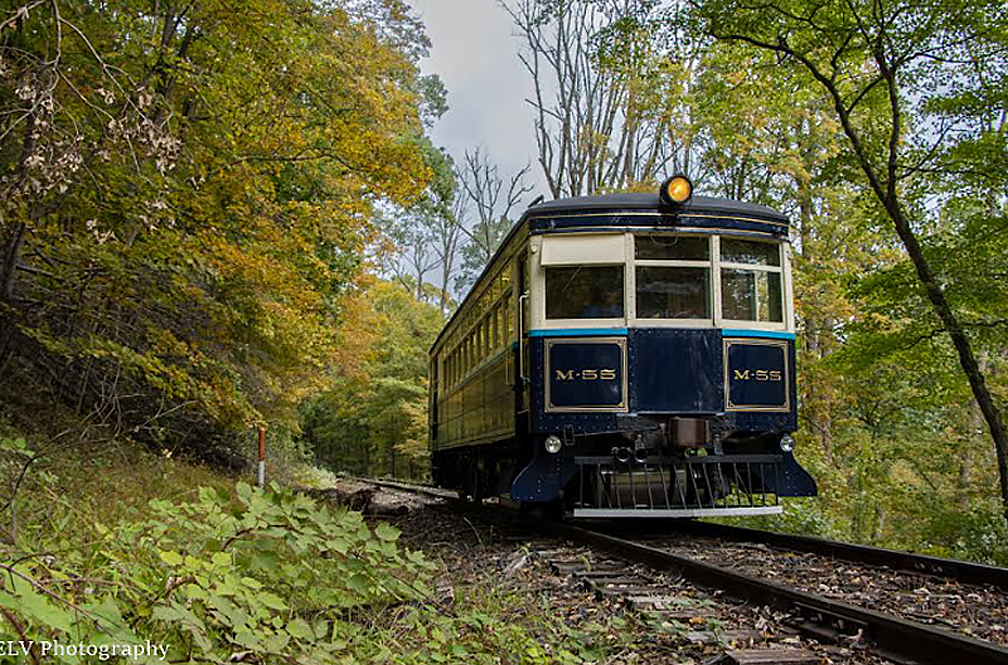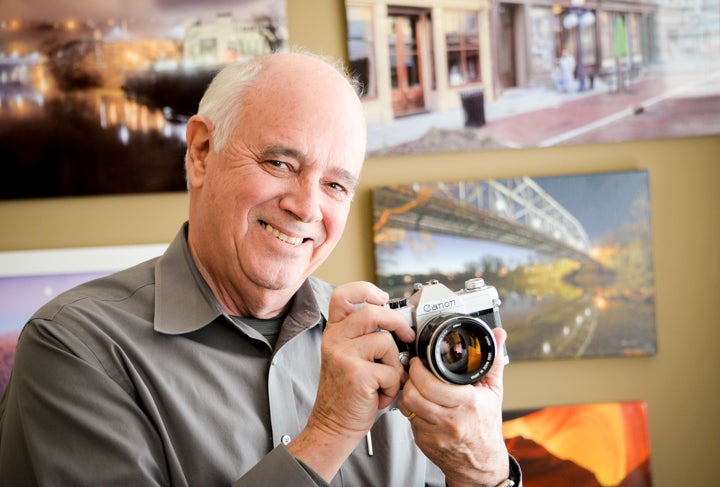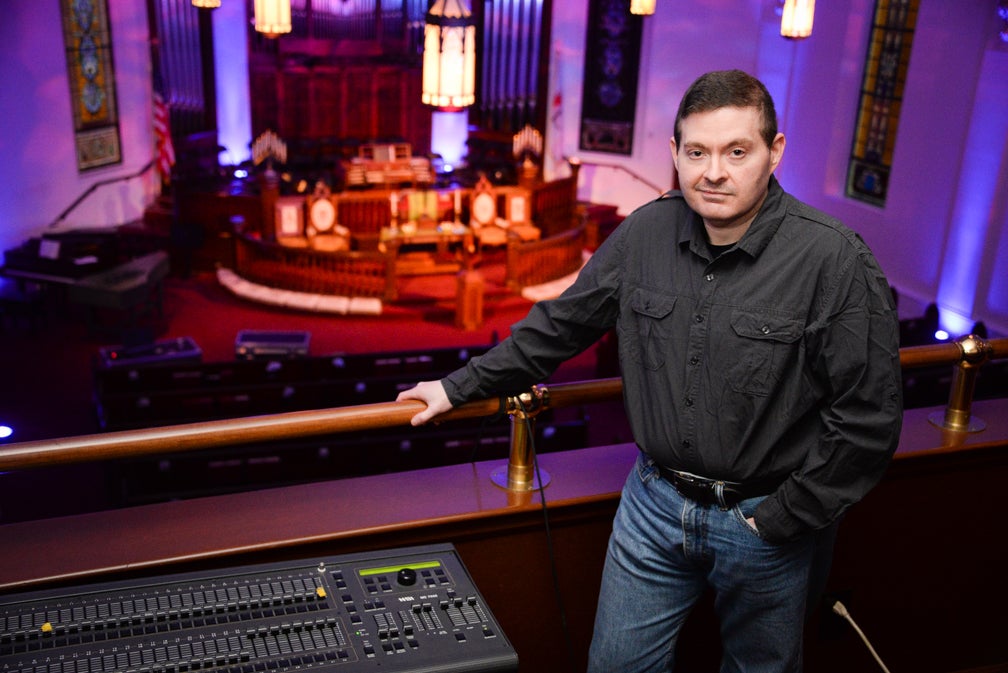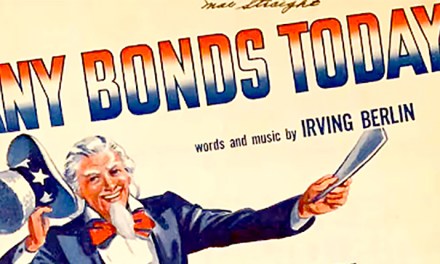In 1889, the Kentucky Midland Railroad began building east from Frankfort to Prestonsburg and the Eastern Kentucky Coal Fields. Its planned route ran from Frankfort to Georgetown to Paris to Mt. Serling to Prestonsburg. In 1890, upon reaching Paris 40 miles east of Frankfort, the Kentucky Midland Railroad ran out of money, was unable to pay its bills and was sold at a foreclosure sale. The Kentucky Midland was purchased by the Frankfort & Cincinnati Railroad (F&C) and, despite its title, the F&C never laid one foot of track toward Cincinnati or toward Prestonsburg.
The F&C, upon purchasing the Kentucky Midland, assumed the responsibility of providing the transportation laid out in the Kentucky Midland charter as issued by the Kentucky legislature. One of the requirements of the charter was to operate from Frankfort two daily round trip passenger trains to the end of the line, in this case Paris. Therefore, daily, a morning and afternoon steam powered passenger train left Frankfort for Paris and then returned.
Passenger travel over the F&C was never heavy, but the carrying of mail and Railway Express Agency (REA) packages covered the cost of the operation and provided a slight profit. However, the war years of 1914-1918 saw inflation stalking the land resulting in substantially higher operating costs for the F&C. With the Kentucky Railway Commission being very reluctant to allow the F&C to raise the price of passenger tickets or transportation of REA packages, passenger train operations by 1925 were operating at a loss. A steam passenger train had a crew of six: engineer, fireman, conductor, baggageman and two brakeman. All of their salaries had been raised by the federal government in 1919.

In 1926, the F&C decided to switch passenger train operations from coaches pulled by a steam locomotive to a gasoline powered rail car. Purchased by the F&C was a Brill Company of Philadelphia, Pennsylvania, Model 55 Rail Car. This steel rail car was powered by a four cylinder gasoline mechanical drive engine. The car was 43.4 feet long and 8.33 feet wide and could carry 43 passengers plus mail and packages. The M-55 crew was a motorman, conductor and baggageman/trainman, three men instead of six. Weighing only 29,000 pounds, the M-55 operating cost was $.19 a mile compared to over a $1.00 per mile for the steam powered passenger train.
The F&C had the M-55 car painted red and gave her the name of Cardinal. All official correspondence and advertisements said she was the Cardinal; however, the riding public called her the Dinky. Those citizens of Central Kentucky whom I have interviewed about riding the Cardinal, to a one, called her the Dinky. How or where she got the name Dinky is lost to time.
The Dinky served faithfully until Dec. 24, 1952, when she broke an axle only seven days before F&C passenger was to end. The F&C superintendent used his own car over the next week to convey passengers along the line who still wanted to travel via the F&C. In 1960, the F&C repaired the Cardinal (Dinky) and donated her to the Kentucky Railway Museum (KRM) then located in Louisville. The Dinky traveled by its own power to Louisville. Later KRM moved to New Haven, where today it offers passenger train rides behind a diesel locomotive. For years, KRM talked about renovating the Cardinal and returning her to passenger service but, unfortunately, nothing has happen.
The Capital City Museum is always looking for material on the Frankfort & Cincinnati Railroad.











